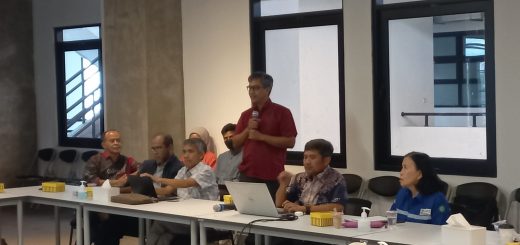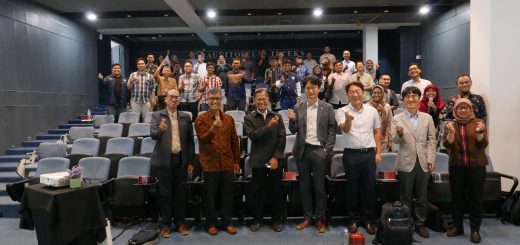Virtual acoustics has undergone significant advancements, enabling users to immerse themselves in an auditory experience closely resembling real-world soundscapes. Numerical modelling techniques have become important in achieving a comprehensive and authentic virtual acoustic experience. Despite recent progress in acoustic modelling techniques for virtual acoustics, the modelling of structural vibrations and acoustic-structure interactions remains underdeveloped. This is especially of high demands in the field of building acoustics, where the understanding of interaction between acoustic waves in air and structural motions of building elements (e.g., walls, floors, windows) is essential for predicting airborne and structure-borne sound transmission and its impact on humans.
In this study, we address two key problems. First, impact sound radiation where we examine the sound radiation from a rectangular floor into a cube-shaped room, evaluate the normalized sound pressure and compare it with the results of the modal expansion method. Secondly, the sound transmission between two rooms is analyzed (See Fig.1), considering both direct and flanking contributions. The results of our pressure transfer function were validated against the finite element method (FEM).
Figure. 1 The sound transmission through a single concrete panel case and its mesh for the discontinuous Galerkin method computation.
In our research, we use advanced modeling techniques where the structure is modeled as a 3D solid governed by linear elasticity equations, with sound propagation governed by linear acoustic equations. Moreover, we detail the use of upwind numerical fluxes in discontinuous Galerkin method for both governing equations and present robust coupling conditions. Our results show excellent agreement with existing methods (modal expansion and FEM), with only minor differences in resonant frequencies and magnitudes (See Fig.2). This research not only advances our understanding of vibroacoustic phenomena, but also paves the way for more accurate and efficient simulations in engineering applications. We invite you to read our full article for a deeper insight into our methodology and results.
Figure. 2 The normalised sound pressure for the impact sound radiation case at certain position where black lines represent the discontinuous Galerkin results, and red dashed lines represent the modal expansion results.





